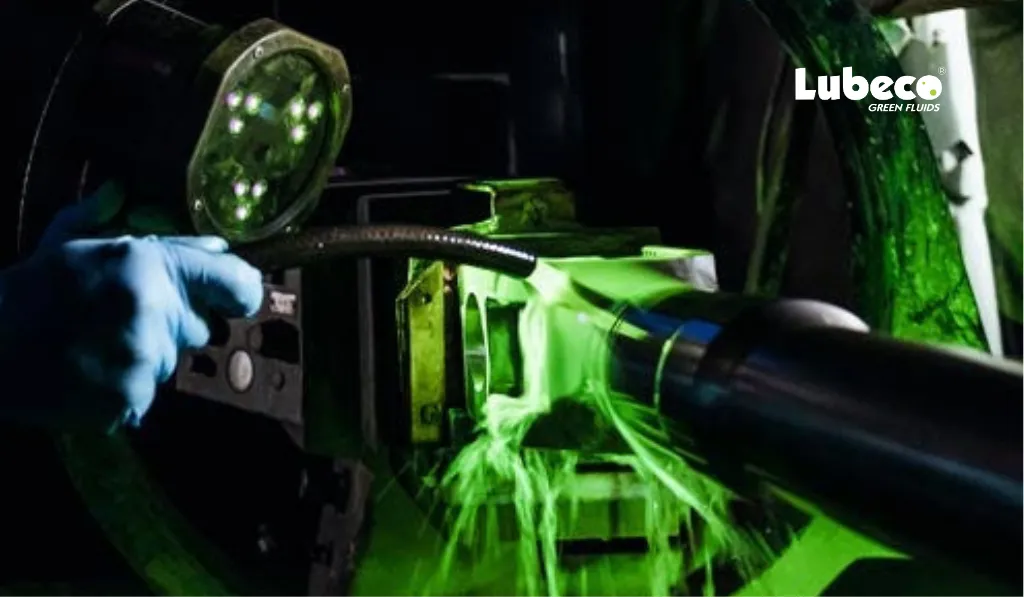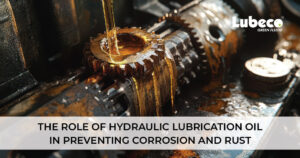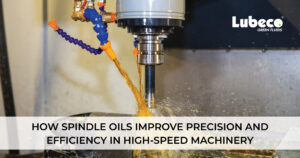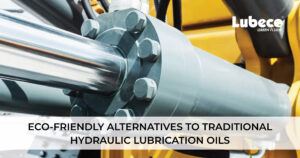Magnetic Particle Inspection (MPI) is a technique that traces its roots back to the 20th century. There are records which show the application of the process in nascent stages throughout history. However, the process has been revolutionised with the passage of time and the advancement of technology and science. Over the years, MPI has evolved into a Non-destructive Evaluation (NDE) method. The NDE technique is also referred to as the Magnetic Particle Testing method, MPI examination, MPI inspection, or magnaflux testing. This technique helps in detecting any flaws within ferromagnetic materials.
By making use of magnetic principles, MPI helps to detect any surface or near-surface flaws. This ensures the safety of the material across industries. A wide variety of industries, such as aerospace, automotive, construction, and manufacturing, employ MPI to help detect any flaws in welds, castings, and forgings, which safeguards vital machinery. It also plays a crucial role in identifying any flaws in pipelines, storage tanks, and drilling equipment, which could potentially affect safety and performance.
In the early 20th century, MPI was a highly manual and laborious process. Magnetic particles were applied to the test surface by technicians manually, following which a magnetic field was induced, and would have to be manually inspected for any visible defects. This manual and highly laborious process was not speed and accuracy efficient. In recent years, there have been significant improvements in the technology used for carrying our MPI, which have resulted in faster, more accurate and more effective inspections. Let us take a look at some of the advancements in MPI technology and their benefits.
Advancements in MPI Oil Technology
1. Automation and Robotics
Arguably, the most important innovation in MPI Oil Technology is the introduction of robotics and the automation of the inspection process. As a result, there has been a significant reduction in human errors during the inspection of the particles, which was one of the biggest drawbacks of the old MPI process. In the automated inspection process, robotic arms are fitted with magnetic particle applicators and sensors, which then inspect the magnetic field for flaws and defects. The use of robot arms also ensures a much faster inspection process, which is way more accurate than manual inspections by technicians. It also ensures that consistency in results is maintained, as this was nearly impossible with human technicians in charge of the inspections.
2. Digital Imaging and Analysis
Better visualisation is now possible with the introduction of digital imaging in the MPI process. Earlier, the observations were made by humans with their naked eyes, which left a lot of room for error and took a much longer time. Digital imaging has eliminated the possibility of error in observation. It uses high-resolution cameras to observe the field and capture detailed images of the magnetic particles. These cameras are backed by advanced software that processes the said images, delivering crystal-clear visuals to analyse any defects. This also adds to the speed of detecting defects and the decision-making on any visible defects while the inspection is being carried out.
3. Advanced Magnetic Particle Formulations
The introduction of UV particles, fluorescent particles, and high-sensitivity powders in the MPI process has greatly improved the visibility, sensitivity, and detection capability. These help inspectors to identify defects much more accurately and increase the reliability of the inspection. The development of advanced magnetic particle formulations has greatly enhanced the MPI inspection process.
4. Portable and Field-Ready Equipment
Another great innovation that has benefitted not only the world of MPI but pretty much every single industry in the world is the introduction of portable and field-ready equipment. This has greatly helped the inspection process in the oil and gas industry. Earlier, inspections faced a major challenge in transporting the components to the inspection facilities. The introduction of portable and field-ready equipment has eliminated the same, and now on-site inspections can be carried out. This equipment is compact and lightweight, making it easy to carry to multiple locations. This also reduced the downtime between the collection of samples and getting the final results.
5. Integration with IoT and Data Analytics
MPI oil technology has integrated with Internet of Things (IoT) devices and data analytics platforms. This enables inspectors to monitor inspection data real-time. By doing so, inspectors can now perform predictive maintenance due to a more proactive decision-making approach. Data analytics tools also provide valuable insights into equipment performance trends, helping to optimise maintenance schedules and improve overall asset integrity.
Benefits of Advanced MPI Oil Technology
Improved Inspection Efficiency:
Automation and digital tools have made inspections faster and less laborious. They have also cut down on the time required to carry out the inspections and the cost required for it, by increasing efficiency and ease-of-access.
Enhanced Accuracy and Reliability:
Advanced imaging technologies and formulations for particles now allow for precise detection of any defects and their analysis. This has led to an increase in the reliability of the results of these inspections.
Cost-Effectiveness:
Maintenance expenses have gone down considerably owing to the dependability of data to carry out predictive maintenance, which saves both time and money.
Data-Driven Decision Making:
Integration with IoT and data analytics provides real-time insights. Thus, timely decisions can be made, which can save a lot of trouble.

